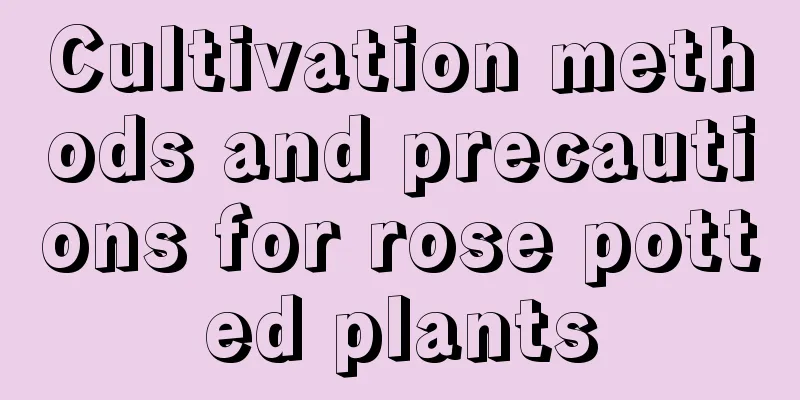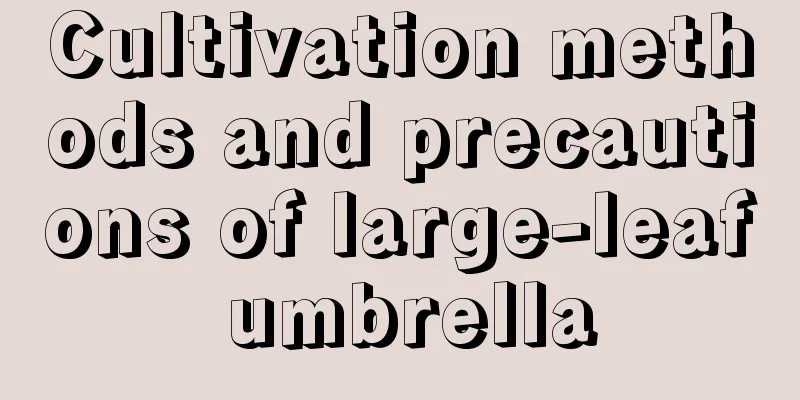How to match succulent plants on a platter (how to make a large succulent platter look good)

Several common patterns of meaty platters(1) Mixed varietiesThis method can be said to be the most basic and most common method. It only requires free combination of different varieties of succulent seedlings in an orderly manner according to color and plant size. There are almost no particular requirements, it all depends on personal preference, and it is more suitable for beginners who are just getting started with succulents. (2) Single platterMonotonous repetition can actually create an unexpected unity! A single platter is just like this, where multiple plants of a single variety of basically the same size are densely planted together. Although it looks monotonous, it will soon form a harmonious effect of a cluster of plants that bloom in the pot, which is unexpectedly pleasing to the eye! For species like Sedum, Ice Plum, and Echeveria, which are small in size and easy to grow in groups, it is better to plant several plants together, which can be considered a shortcut, rather than waiting for them to naturally fill the pot. (3) Creative PlatterThe creative platters are very rich in variety and very imaginative. Rather than being a succulent platter, it is more like a combination of micro-landscape, bonsai, flower arranging, painting and other gardening-related skills. The final effect mostly comes from the author's own understanding of beauty. Such works can often be seen at succulent exhibitions across the country, and there are even competitions for creative succulent platters. This type of expression can be said to be the highest level of succulent platter. It has no fixed pattern and the greatest room for free play, making it the most creative form of expression. The daily maintenance of a succulent platter is more difficult than that of a single potted plant.Although succulent platters are very creative and more ornamental, they are significantly more difficult to maintain than a single potted plant. During the growing period, sufficient light and good ventilation should be maintained. Watering should be done mainly when the soil is dry and when it is wet. Avoid frequent spraying of water and prolonged rain that causes water accumulation in the center of the leaves. This can not only reduce pests and diseases, but also prevent the original staggered overall effect from being disrupted by excessive growth. When succulent platters are infected with diseases and pests, cross-infection is more likely, so prevention should be the main focus. When one of the plants has a problem, it is best to remove it in time. It is necessary to clean up the dead leaves accumulated due to consumption regularly, which is conducive to maintaining good ventilation between plants. When there is overcrowding and growth is obviously restricted, some weak and leggy plants can be removed or replanted. Succulent plants have limited growing space and tend to compete for nutrients. During the growing season in spring and autumn, you can apply diluted water-soluble fertilizer or sprinkle a small amount of granular slow-release fertilizer to promote growth. You need to rotate the direction of the flower pot frequently so that it receives light evenly, to avoid it growing in a biased direction due to phototropism and looking uncoordinated. |
>>: Why can't you water succulents too much (what will happen if you water succulents too much)
Recommend
The growing environment and local conditions of Job's tears
Job's tears growth environment and conditions...
How to grow succulent roses
1. Adequate light It likes plenty of sunlight. On...
Silkworm breeding methods and precautions
Sericulture is a traditional industry in our coun...
Time and method of changing soil for Amaryllis
Time to change the soil of Amaryllis It is best t...
How to propagate lotus
Seed propagation In fact, seed propagation is the...
How to water flowers with cold boiled water
Can it be used to water flowers? Boiling water di...
How long does Phalaenopsis bloom?
1. How long is the flowering period? Relatively s...
The Flower Language and Legend of Elderberry
Flower language of elderberry The flower language...
How to breed spring feathers
Reproduction method Seed propagation Generally sp...
Cultivation methods and precautions of ice berry
1. Maintenance methods 1. Soil: When planting ice...
The breeding methods and precautions of Hongyun Dangtou
1. Soil The lucky charm plant needs to be grown i...
Can the peace tree be watered with beer?
1. Is it possible? The peace lily can be watered ...
How to make rose toothpick seedlings grow quickly and how to survive the winter
1. How to make rose toothpick seedlings grow quic...
Planting technology and management of Actinidia arguta
The cultivation of soft-fleshed kiwifruit was pre...
When is the best time to plant watermelons?
Watermelon is a common cooling fruit in summer. I...









